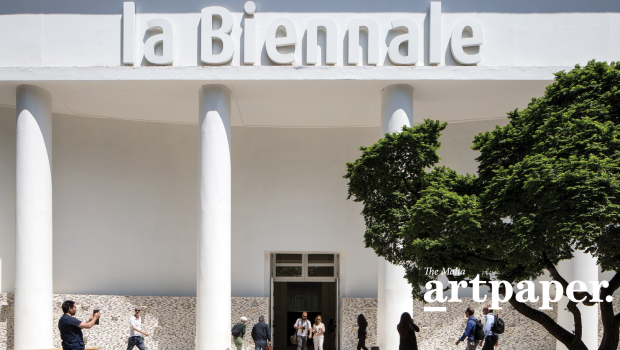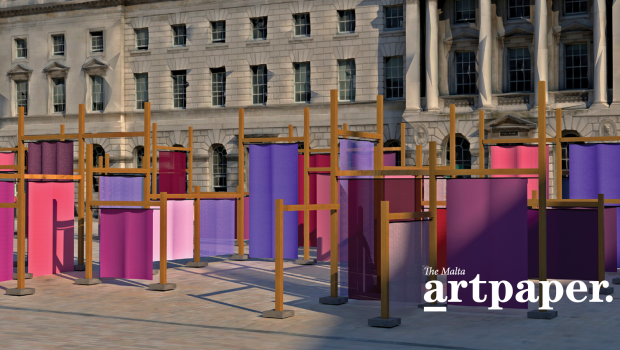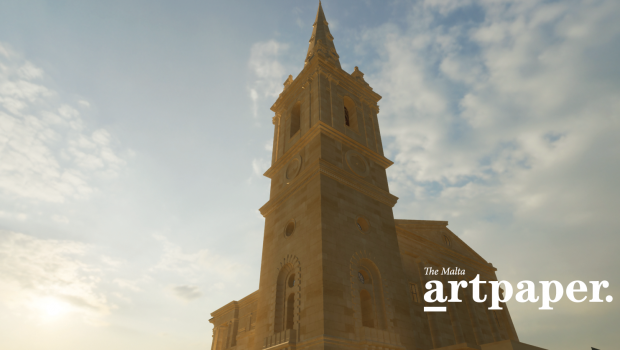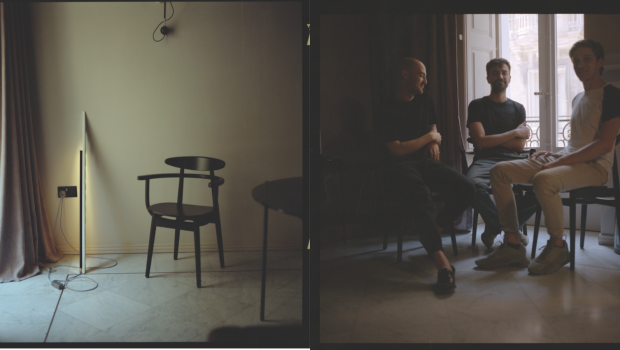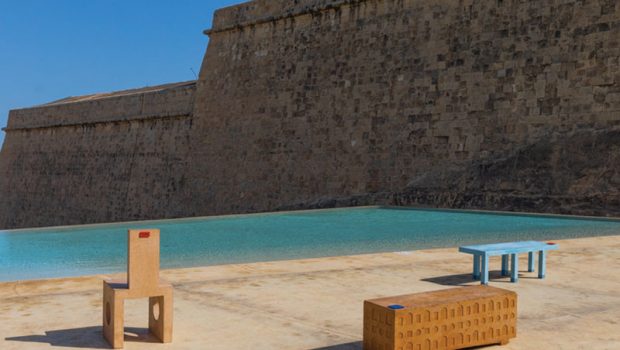Debunking the most common (and dangerous) greenwashing myths
Since categorising and labelling form is the cornerstone of contemporary positivistic society, responsible for the current irreversible transformation of Maltese environment in a number of rather unimaginative ways, an exercise in cataloguing the latter might be the best way to expose, analyse and better understand what’s happening around us, on a daily basis.
The ‘certified environmental champion’ type
Some of the most controversial developments currently being built are marketed as the ‘next generation buildings for a healthier tomorrow’, thanks to the use of super-efficient technologies and performing materials. What these long list of technical specifications
aim at achieving, really, is the ‘green building badge’ of some international certification institute, which will shield the development from the critique of its detractors whilst reassuring its supporters that the ‘sustainability’ box has been ticked and that their money is therefore safely invested.
But are merely technical qualities enough to define sustainability in built environment? Let’s take an example. What is truly sustainable in a large-scale brownfield development aiming at green building certification, but simultaneously significantly contributing to the levels of air, noise and light pollution on an island with the highest rate in Europe of exposure to pollution, where air pollution only costs the life of more than one person a day*? Shouldn’t sustainability be a mind-set questioning the need for such development in the first place, and its legitimacy in relation to the bigger picture? Environmental performances are a crucial parameter to take into account when evaluating sustainability and should never become a trick of some crafty businessman justifying highly speculative developments. A badge with a fancy acronym won’t save us.

The good old density argument ‘better to build high to save land’ type
While in Malta bizarre skyscrapers are presented as the ultimate novelty and solution to all environmental problems, the rest of the western world is wondering whether it is time to find an alternative to these wasteful and outdated tributes to priapic issues.
Picking up an article from architecture magazine Domus, in which Tim Snelson from Arup (one of the globe’s biggest and most successful design consultancy firms) exposed how a typical skyscraper will have at least double the carbon footprint of a 10-storey building of the same floor area, The Guardian’s journalist Rowan Moore recently asked: “if no one ever built a skyscraper ever again, anywhere, who would truly miss them?” Would you?
Tall buildings have been sold for decades on the basis that they’re environmentally friendly thanks to their reduced use of land, which could in turn be used for better organisation of infrastructures and public spaces. While there is some truth in it, especially for an island with the highest proportion in Europe of land covered by man-made surfaces (23,7%)**, it is also important to point out how the same efficiency of density could be achieved with lower buildings and better planning. As Rowan Moore put it, “[t]hey have got away with it in part because embodied energy hasn’t until recently been paid as much attention as energy in use. It has been deemed acceptable – by the building regulations, by architects, by the professional media – to rip untold tonnes of matter from the earth and to pump similar tonnes of greenhouse gasses into the atmosphere, in order to produce magical architectural devices that might, if all their wizardry were to function as promised, pay back some of their carbon debt some time in the next century. By when it might be too late.”
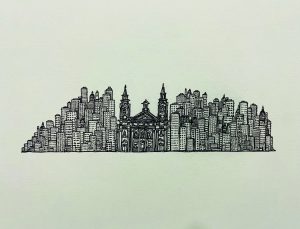
The ‘generous greenery pouring from balconies’ type, also known as ‘wanna-be-Bosco-Verticale’
Thanks to its unprecedent commercial success, the Milanese skyscraper know as Bosco Verticale (literally ‘vertical forest’) has become the ultimate symbol of sustainability in architecture. Locally, at least one every ten articles on the matter would use a photo of its lavish greenery, and almost any developer and aspiring ‘stararchitect’out thereregard it as a life goal. But the concept of Bosco Verticale is not particularly innovative nor exceptionally environmentally friendly: it’s a tower made of concrete with lots of small trees and high-maintenance plants on its balconies. If that sounds familiar, you probably just read about one of the greening government-launched schemes. The underlying principle is very similar: both cases propose a cosmetic, photogenic, short-term and easily marketable solution to all those buildings whose carbon footprint is almost impossible to offset – and, in the Maltese case, whose contribution to the obliteration of built heritage should be condemned rather than embellished.
If on one hand it’s undeniable that these buildings exist and that all we can do about them now is to soften their impact with measures that could be beneficial to the environment (because, no, unfortunately all these blank party walls and overdesigned facades won’t just vanish overnight), on the other hand it’s important not to fool ourselves with the belief that some green walls will solve the problem. They are the equivalent of a dose of morphine to a dying patient.
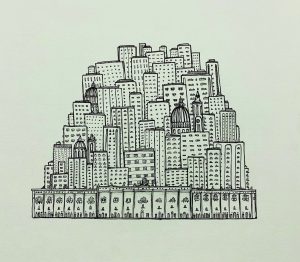
The facadism fanatic type
Is preserving just the main façade of a building a good strategy to ensure the sustainable development of built heritage? How many times have facadism’s requirements generated giant monstrosities? A quick look at Ugly Malta’s Instagram profile will enlighten all those who can’t answer these questions straight away.
While it’s important to avoid indulging in nostalgic and conservative views on the subject, it also crucial to take definite decisions towards what the approach towards built heritage is – or should be. To allow a dull, 12-storey development behind an existing 19th century façade, or the erection of a tower literally on top of an Art Deco villa, is the equivalent of not taking a decision – and surely not a sustainable approach either. Certain developments are just not compatible with the preservation of heritage. The debate should focus on questioning their legitimacy in the first place, and take consequential decisions regarding any heritage element involved, in a coherent and rigorous manner.
The I love tarmac (and my car) type
Together with the so-called ‘upgrading of roads’ (in other words, widening of roads and building of flyovers), the ‘upgrading of carpark facilities’ (meaning, covering in fresh tarmac any corner which could potentially fit a car) is afflicting Malta like a vicious disease – as if the actual health emergency wasn’t enough. Lots of statistics on how much air pollution will drop thanks to certain infrastructural projects are boasted on site boards, banners, newspapers’ adverts, everywhere. But no percentage of reduction of traffic nor number of new trees planted on the sides of widened streets will offset the damage done by a culture encouraging the use of private vehicles and prioritising its needs over strategic investments on public transport, pedestrian areas, bicycle lanes and any other intervention aiming at offering an alternative to the use of cars.
While in most major cities the Covid-19 crisis has been exploited as an opportunity to re-think urban priorities and create lasting change – among the most interesting examples, the pedestrianisation of more than 35km of central Milanese streets and the famous Champs Elysée in Paris – local entities seem never to have even considered giving up the status quo for something certainly more difficult to plan and implement in the short term, but potentially so much more rewarding in the long term.
What all the above types of intervention share is a blatant greenwashing attitude. In other words, a specific way of conveying false positive impressions or promoting misleading information about how climate change and sustainability issues are tackled. These issues are extremely complex in nature, they include historical, social and political aspects of built environment too, beyond the most direct and easy-to-convey technical facts. It sounds logical that solutions should be just as complex.
The need to investigate alternatives to the endless growth model on which Malta still seems to rely, is more urgent than ever. Strategies and ideas to make circularity possible on an island have just started being discussed and tested: the Malta Sustainability Forum hosted pioneers of the ‘Doughnut Economics’ model applied to urban transformations, while the Engineering department of the University of Malta recently presented results of its research on reconstituted stone, an innovative building material derived from the recycling of waste limestone and concrete.
In Malta, circular economy (the new buzzword) is particularly challenging since our Mediterranean climate is getting dryer and hotter, and we don’t have the abundance of natural resources and the industrial possibilities that are countries have. More efforts should be made towards research on alternative methods and processes that will address our specific needs in the long run, and collaboration with all the professionals willing to seriously contribute should be fostered. No greenwashing operation will lead to the re-establishment of balance between development and protection of our environment, only the adoption of a genuinely critical mindset on actions against climate change might.
* https://maphm.org/2020/05/16/air-pollution-costing-the-life-of-more-than-one-person-a-day-in-malta/ ** https://ec.europa.eu/eurostat/web/products-eurostat-news/-/WDN-20180523-1#:~:text=Almost%20a%20quarter%20(23.7%25),%25)%20and%20Germany%20(7.4%25


